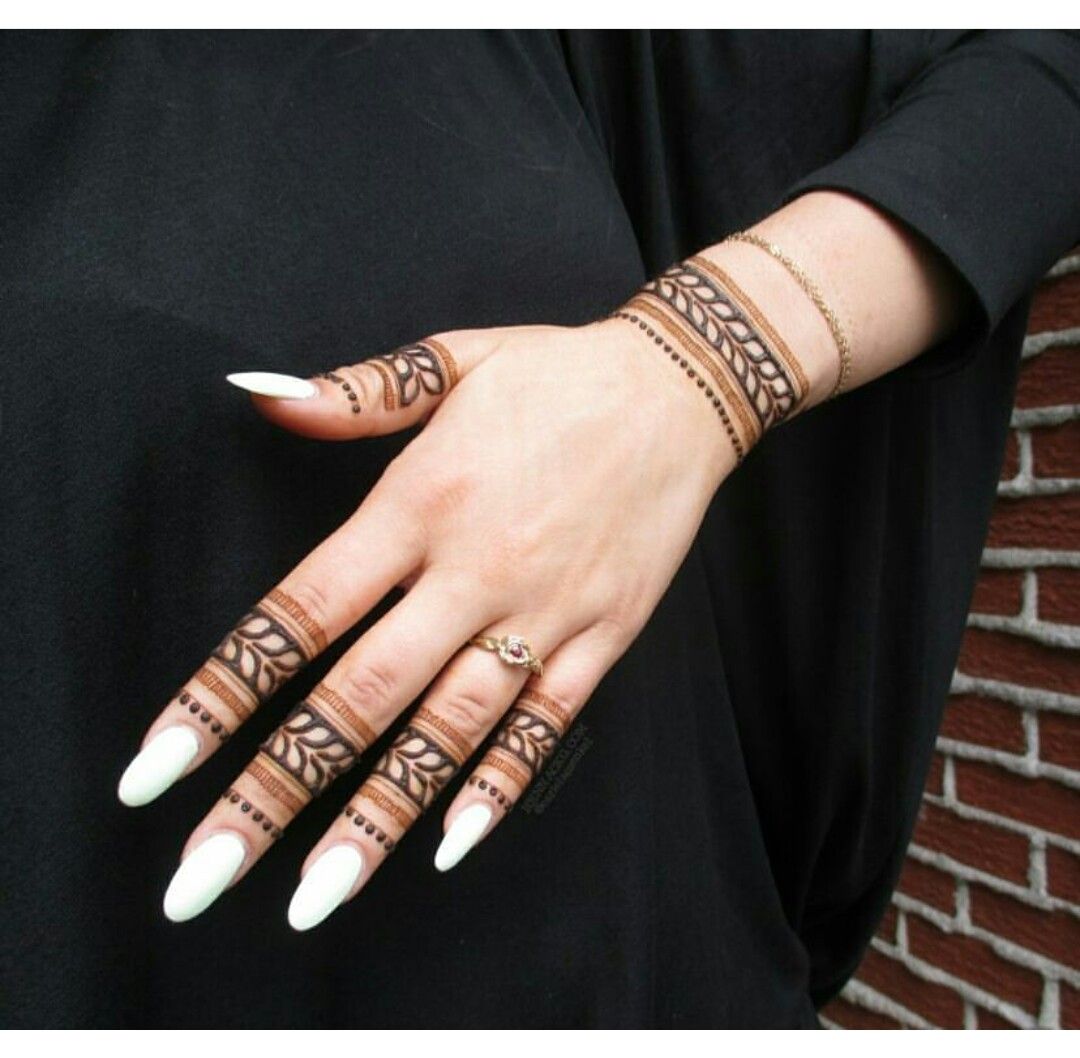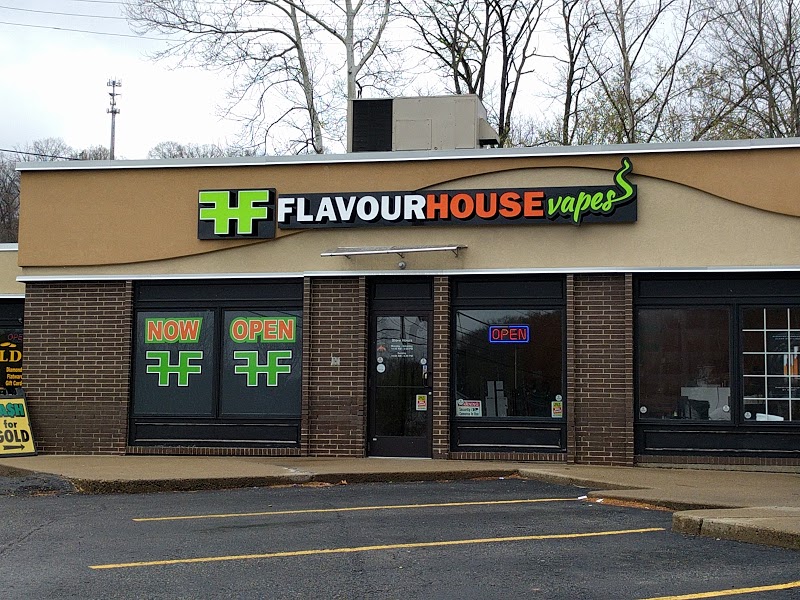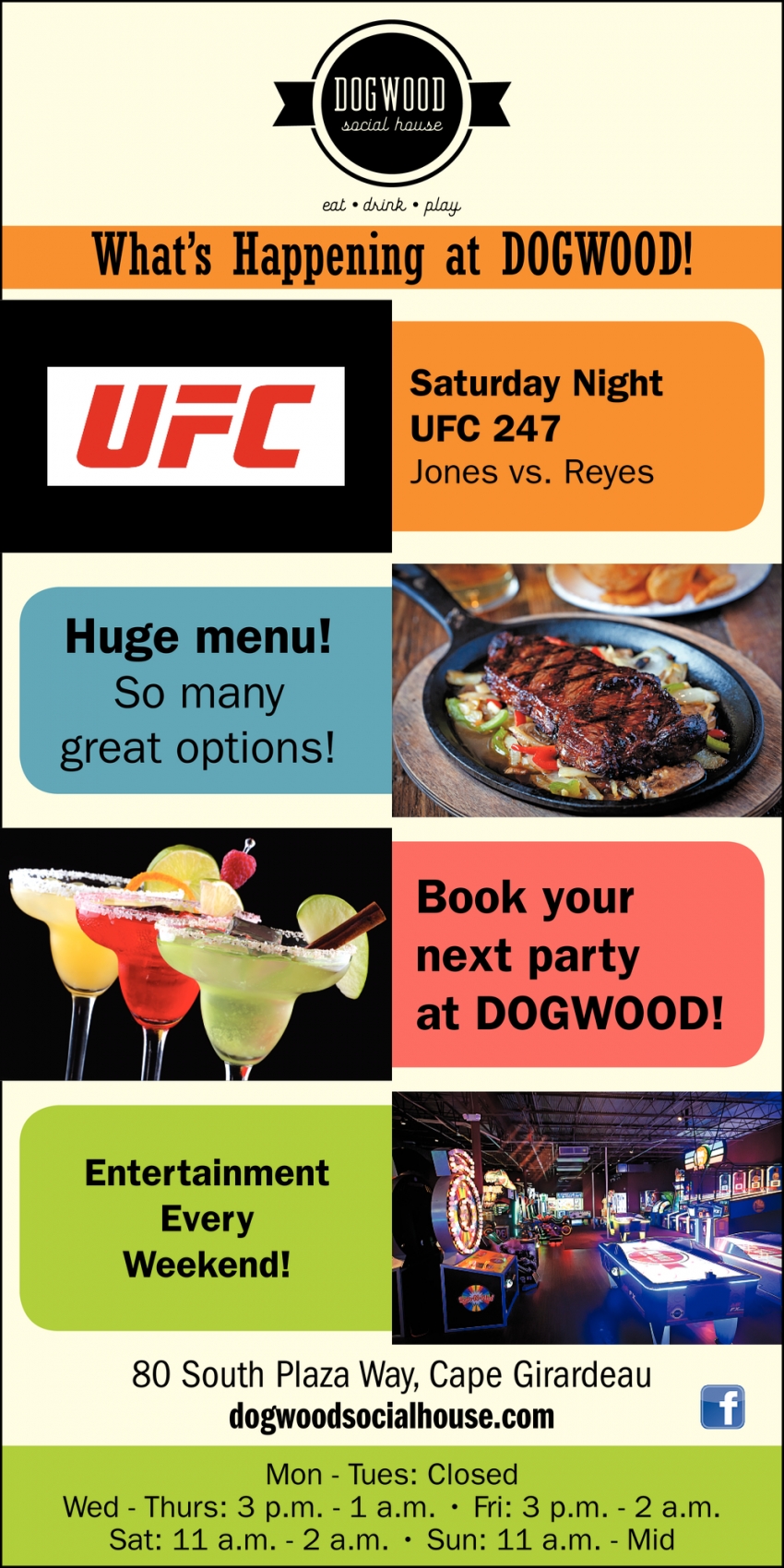Table Of Content
Old barns and workshops were repurposed into an art studio and a guest house. Alan cooked strictly vegetarian meals while Helen was in charge of housekeeping and serviced the large table where everyone shared meals. As guest lists grew, Alan procured a restaurant license in February of 1950, and so the couple christened their vegetarian guest house The Ranch House Restaurant.
Stop Searching for the Ultimate California Ranch House… Because We Found It for You
Built in West Los Angeles toward the end of the 1950s, the home has been photographed by Julius Schuman and appeared in multiple publications like the Los Angeles Times and Architectural Digest over the years. Unfortunately, the home was demolished in 1994 and an affordable housing development complex was built in its place. I can’t help but think May might be okay with that, utilitarian that he was. Windows looking out onto the vineyard steal the show in the guest room. “Another favorite piece is the vintage chest of drawers in the art studio that we salvaged from the original owner’s workshop.
The Fryman Canyon Ranch House at 1161 Valleycrest Road Currently For Sale
Celebrate a special occasion with your loved ones in our secluded Enchanted Garden. Host your wedding with us under the blooming wisteria vines which encapsulate our restaurant. We honor our founder, Alan Hooker, and his legacy of preparing fresh foods and embracing the bounty of the garden.
SANTA FE BBQ BAR & GRILL
Now the mother of three calls Santa Barbara home and has shifted her focus to sustainable design. Until this point, the Ranch House was attempting to operate as strictly vegetarian, however this was strongly contributing to their financial troubles. Although longtime vegetarians, Alan and Helen began to serve meat alongside their fresh breads, desserts, and vegetables.
Ranch Lifestyle
Working in tandem with landscape architects, May designed low houses that followed the contours of the land, enclosing a courtyard or patio with carefully planned views of nature. By the mid-‘30s, his ranch houses had been published by Sunset magazine and nationally. As an untrained architect, May was said to have a “distaste” for “legitimate architecture,” as noted by architectural historian Barbara Allen. These homes, May argued, were unsustainable because they ignored California history and its natural climate and terrain.

Like May’s family homes where he grew up, The O’Leary House is a U-shaped residence that rambles around a large, walled courtyard, which is intended combine with the indoor living room to create one larrge indoor/outdoor living room. As with all the best May designs, glass sliders open to the courtyard and patios in keeping with May’s intention of integrating the interiors with the exteriors. Passage into the house is from a veranda with several pairs of French doors. The low-slung roof provides protection from the sun and rain, while the furnished veranda serves as transitional living space between indoors and out. The single-story house is built at ground level, making it seem like an old adobe rising out of the earth. A sixth generation Californian, and a descendant of the Estudillo and de Pedrorena families of San Diego, Cliff May grew up amid the intricate and Spanish-influenced architecture of Old Town San Diego, where the city’s original Mexican residents settled in the 1800s.
Features
This could pose a challenge if you need to accommodate your ranch-style residence on a smaller plot. Over the years, newspapers and magazines such as the Los Angeles Times, Gourmet California, and Travel & Leisure have praised the Ranch House’s homemade breads and desserts, fresh vegetables, delicious entrees, as well as the wine list. This dazzling array features over 600 domestic and imported wines, and remained 13 times winner of the prestigious Wine Spectator Grand Award. The Ranch House is named one of the 100 most romantic restaurants in the USA by Conde Naste and Open Table in 2014.
Iconic LA: How Cliff May Invented Southern California Living
As with all of Cliff May’s prefab homes, the constant connection with the outdoors gives residents of the L-shaped house the unique perspective that there is only a thin line between the inside and outside. Plus, he was doing open plan layouts for guests to meander and mingle long before the no wall movement began in the early 2000s. “Initially, the clients gravitated toward more modern and a little bit mid-century style, but we wanted to be sure to honor the vibe of the area and take our cues from natural elements and the lifestyle they envisioned for their vacation time at the ranch,” she says. Constructing a one-story ranch-style house requires a larger space and significant formwork, including foundation, roofing, windows, and various materials. In contrast, a two-story ranch home will involve reduced ductwork, plumbing, and HVAC piping. The Ranch House began at the turn of the 20th century when one of the first homes was built in the Ojai Valley.
Tiny House Festival returns to the Ranch for third year during Saturday, Sunday event - Loveland Reporter-Herald
Tiny House Festival returns to the Ranch for third year during Saturday, Sunday event.
Posted: Fri, 30 Jun 2023 07:00:00 GMT [source]
Rancho Estates
A Plant-based seasonal menu with vegan and vegetarian choises is always available. View the cocktail menu and the acclaimed Ranch House Wine List with local, organic and biodynamic wines. THE MODERN RANCH was the result of a conscious attempt by architects in the Southwest to crate a contemporary family house based on early regional forms, which were essentially Spanish. Word quickly spread about the enterprising young May and his innovative hacienda.
The curved floor plan brilliantly embraces the outdoor pool and gardens and makes for spectacular sunsets and beautiful vistas throughout the day. On the market for the first time in many years, most features are original Cliff May designs making this an ideal time capsule true to the architect’s brilliant vision. Completely private and surrounded by mountains and tall trees, the property is an extraordinary paradise seemingly on top of all of Los Angeles. Close to great dining and shopping with easy access to Hollywood, the west side, and the Valley.
This Is the Scandinavian Ranch House of Our Dreams - Sunset
This Is the Scandinavian Ranch House of Our Dreams.
Posted: Thu, 28 Dec 2023 08:00:00 GMT [source]
I don’t know what I was doing at 23 but it wasn’t designing and building houses. How it happened was May’s future father-law-law Roy C. Lichty generously gifted May a small but sizable lot in a new subdivision. Lichty, who was the general manager of the subdivision, saw May’s talent and genuine interest and unique perspective in architecture and also agreed to finance this first speculative house. Once completed, the house sold to Colonel Arthur O’Leary, who also purchased the Mission-style furniture that May had built and placed in the house to help sell it. May often included custom-built and one-of-a-kind furniture in his homes to help spur sales during the Great Depression.
His family homes Casa de Pedrorena and Casa de Estudillo, as well as his aunt’s lima bean farm on Rancho Santa Margarita y Las Flores in Oceanside, strongly influenced May’s later designs. The sparse geometry of Casa De Pedrorena and Los Flores’ U-shaped adobes, and the Monterey style and form of Rancho Santa Margarita, seemed to May to represent the quintessential indoor/outdoor Southern California experience. May merged these influences into his original ranch house designs of the 1930s, which, postwar, were known as “dream houses” and resulted in the creation of the style known today as the California Ranch. The 20th-century ranch house style has its roots in North American Spanish colonial architecture of the 17th to 19th century. These buildings used single-story floor plans and native materials in a simple style to meet the needs of their inhabitants. Walls were often built of adobe brick and covered with plaster, or more simply used board and batten wood siding.
But, May did not make use of partitions as he had previously in the Experimental House. Instead, he built interior walls and doors to provide privacy for the bedrooms, bathrooms, and dressing rooms. The courtyards were located on both sides of the house rather than having the main courtyard in the center. Also unlike his previous designs, he added Spanish, Mexican, and French architectural crafts and decorative elements such as a sixteenth-century Gothic grille, historic doors, lighting fixtures, and wrought-iron door handles, and antiquated books. May received his first commission from Dr. John Beardsley, for whom May produced another hacienda in 1933 with thick walls, a red-tiled roof, and heavy wood doors and window grilles in Loma Portal. Businessman and developer George Marston offered May a lot to build his home in Presidio Hills, where the young man constructed another rambling hacienda (the Alex Highland House, 1934).
The film company behind the biopic has restored signature features from when Jackson owned the 2,700-acre ranch near Santa Barbara -- the Ferris wheel, merry-go-round and circus tent all got colorful makeovers. The One Key Chicago Athletic Association has had an illustrious and sometimes sordid history that dates back to 1893, when it wasn’t quite a hotel. A lot has changed since then, but the ghosts of the past are never far away.
This rare and wonderful mid-century modern ranch home was designed and built by May in 1952 in Studio City’s exclusive and verdant Fryman Canyon neighborhood. Fryman Canyon offers several great hiking trails and stunning views of both Studio City and Downtown Los Angeles. The single-story ranch home, pool, and the lush and expansive .81 acres it’s perched upon incredibly captures the essence of the romantic Southern California indoor/outdoor lifestyle. The Fryman Canyon Ranch, which is what I’ve taken to calling it, has an abundance of windows and sliding glass doors that allow natural daylight in nearly every corner of the home.










